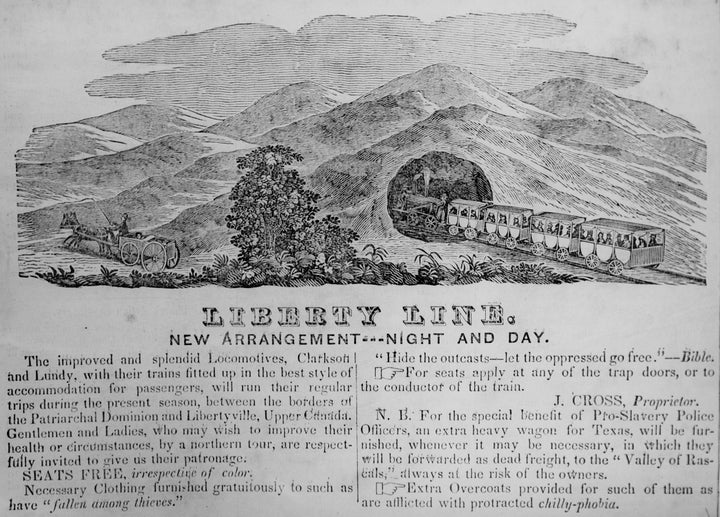Aug. 1 serves both to challenge individual and systemic racism and celebrate the power and potential of Black Canadians.
Emancipation Day recognizes not only when slavery was abolished in Canada and other British colonies, on Aug. 1, 1834, but also Black people’s long struggle against racism and discrimation that continues today.
Much like Juneteenth held extra significance in the U.S. this year amid nationwide protests against the injustices Black Americans continue to face, Emancipation Day holds a similar weight in Canada.
The day comes as the COVID-19 pandemic disproportionately impacts racialized communities, and Black residents in particular. And a series of high profile cases of police violence against Black, Indigenous and people of colour have led to calls to defund the police and a resurgence in support for the Black Lives Matter movement.
A House of Commons petition is currently collecting signatures, requesting the federal government acknowledge Aug. 1 as Emancipation Day, and apologize for Canada’s role in the slave trade. Ontario is the only Canadian province that formally recognizes the day.
“The African diasporic waves that have shaped Canadian culture are deserving of seeing their contributions set in stone,” wrote Tiffany Gooch recently for Canadian Politics and Public Policy. “The reinforcing silver lining of 2020 is the collective consciousness coming to a new understanding of the Black experience in Canada and imagining a better way.”
Emancipation Day roots
Decades before Emancipation Day, the first piece of legislation to limit slavery in the British Empire was passed in Upper Canada (present-day Ontario) after the abuse of a Black woman named Chloe Cooley.
Cooley lived in the Niagara area where she was enslaved, but regularly resisted her bondage by stealing, refusing to work and leaving her “owner’s” property without permission. In 1793, her owner, a white farmer and former sergeant named Adam Vrooman, and several other men violently bound her in a boat as she struggled and screamed. They transported her across the Niagara River and sold her in New York State.
“Little is known about Chloe Cooley’s early life or where she went after March 1793,” wrote Natasha Henry, president of the Ontario Black History Society, for the Canadian Encyclopedia. “Still, her plight is a testament to the struggle of enslaved Black persons in Canada and the Atlantic world and the various ways in which they resisted their servitude.”
Witnesses reported the incident to then lieutenant-governor John Graves Simcoe and Upper Canada’s council members, some of whom were already swayed by the growing abolitionist movement against the Atlantic slave trade.
Cooley’s treatment, and reports of similar incidents, spurred Simcoe to attempt to abolish slavery. He was met with strong opposition from council members who owned slaves, but was able to reach a compromise with an Act to Limit Slavery in Upper Canada. Simcoe gave the bill Royal Assent on July 9, 1793.

The legislation did not free any of the hundreds of slaves in Upper Canada at the time, or prevent their sale either there or in the U.S. However, it phased slavery out over generations. Children born into slavery after 1793 would be freed when they turned 25 years old and their children would be born free.
The act also made it illegal to import slaves into the British colony. That meant that any enslaved person that entered Canada would be automatically freed.
The British Empire follows
Although many rights and freedoms for most Black people, even those who were no longer slaves, remained limited due to racism, the passing of the act in Upper Canada bolstered the colony’s anti-slavery movement and helped change public opinion.

It set the stage for the British Empire to end the transatlantic slave trade in 1807, and end slavery in all its colonies with the Slavery Abolition Act. The law came into effect in Canada and several other colonies on Aug. 1, 1834, Emancipation Day.
In the decades that followed, tens of thousands of enslaved African Americans made it to Canada with the help of abolitionists, a network that became known as the “Underground Railroad.” It ran until the U.S. banned slavery in 1865.
CORRECTION: A previous version of this story stated incorrectly that John Graves Simcoe gave the bill Royal Assent on July 9, 1973. He actually signed off on the bill on July 9, 1793.